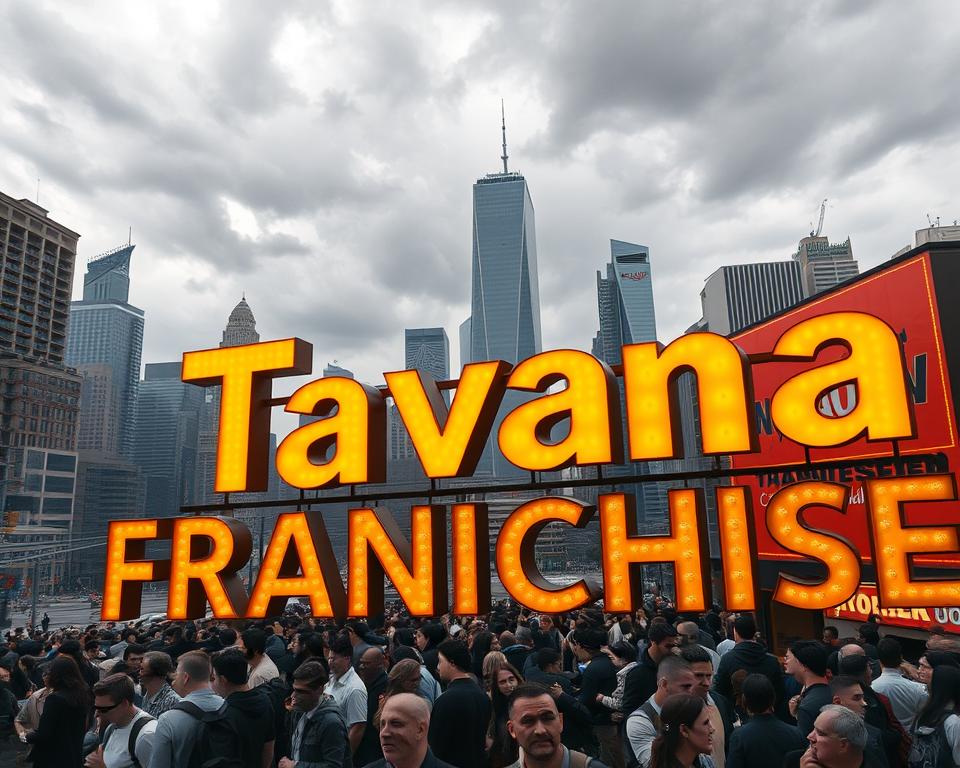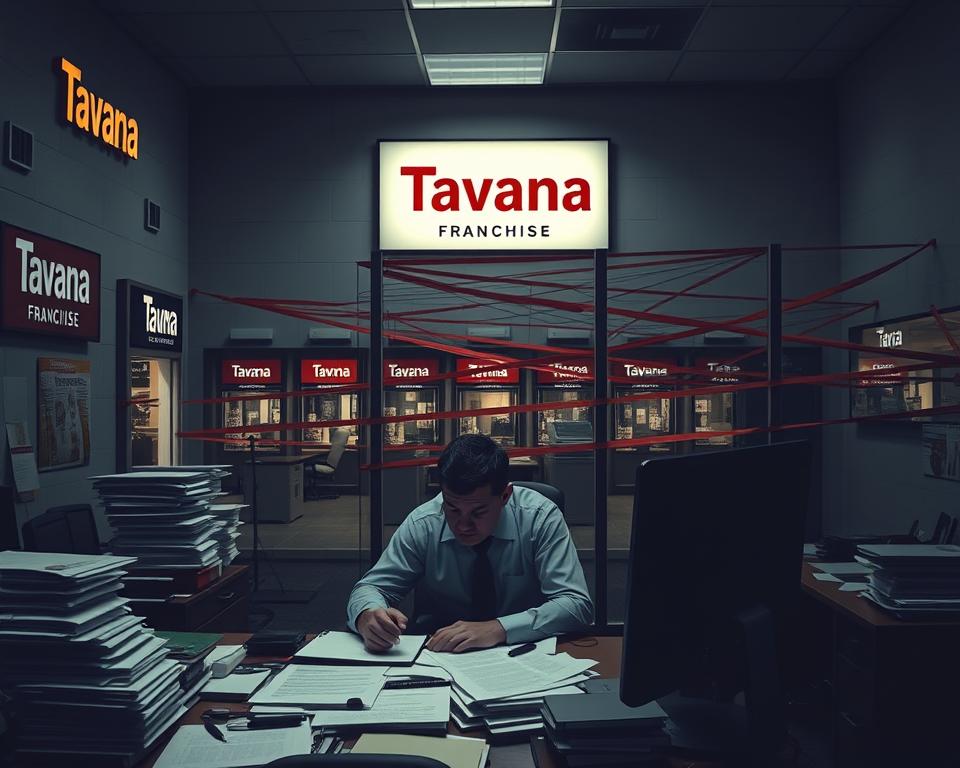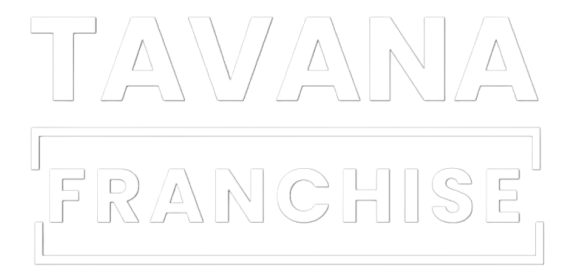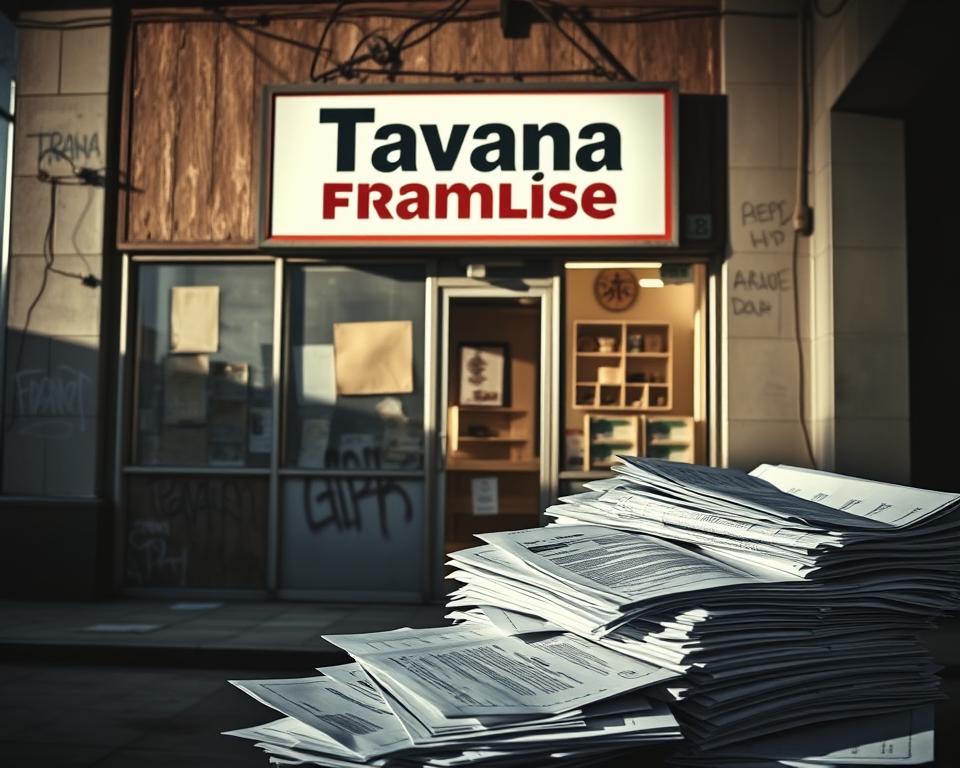Thinking about investing in a franchise? It’s important to look at both the good and bad sides. Knowing the downsides helps you make a smart choice.
Before diving into franchise ownership, think about the challenges. Make sure it fits your business dreams and what you expect. At Tavana Franchise consultants, we help you every step of the way.
Looking into unique franchise chances? Contact us. We’re ready to share our knowledge to help you understand franchise ownership better.
Key Takeaways
- Understanding the potential risks of franchise ownership is crucial.
- Franchise ownership comes with unique challenges.
- Tavana Franchise consultants offer personalized guidance.
- Carefully evaluating franchise opportunities is essential.
- Making an informed decision requires weighing benefits and risks.
The Reality Behind the Franchise Dream
Thinking about owning a franchise? It’s key to know the real deal from the marketing spin. Franchising brings a tested business plan, a known brand, training, support, and a clear path to business ownership. But, it’s vital to grasp the hurdles you might hit before diving into franchise ownership.
Common Misconceptions About Franchising Success Rates
Many think franchising is a surefire way to success. But, the truth is more nuanced. Franchise success rates differ a lot. This depends on the brand’s standing, the market, and the owner’s skills.
Statistical Reality vs. Marketing Promises
What franchisors promise often doesn’t match the real numbers. Some franchises tout high success rates, but these claims might not be true or based on cherry-picked data. It’s important to dig into these claims and see how the franchise really performs.
The “Turnkey Business” Myth Examined
The idea of a “turnkey business” suggests it’s ready to go right away. While franchises offer a set business model, success really needs hard work and management. This myth can set up unrealistic hopes about how easy it is to run a franchise.
| Franchise Aspect | Marketing Promise | Statistical Reality |
|---|---|---|
| Success Rate | High success rates claimed | Variable success rates; often lower than claimed |
| Business Model | Proven and easy to follow | Requires significant management and adaptation |
| Support | Comprehensive support provided | Quality of support varies between franchisors |

Want to dive deeper into this topic or find your own franchise? Reach out to Tavana Franchise consultants. Our team is ready to help you every step of the way.
Financial Burdens: The Hidden Costs of Franchise Ownership
Franchise ownership comes with big financial costs that are often missed. The promise of a well-known brand and a proven business model is tempting. But, becoming a franchisee requires a big financial investment.
You’ll need to meet certain financial requirements before starting your franchise. This includes having enough liquid capital and net worth. The initial costs include the franchise fee, which can be from $10,000 to over $100,000, depending on the brand.

Initial Investment and Ongoing Fee Structure Analysis
It’s important to understand the full financial commitment of franchise ownership. This includes the initial franchise fee and other costs for setting up and running the business.
Franchise Fees, Royalties, and Marketing Contributions
The initial franchise fee is just the start. You’ll also pay ongoing royalties, which can be 4% to 12% of your sales. Plus, you’ll contribute to national or regional marketing campaigns, adding 1% to 3% to your costs.
Equipment, Inventory, and Renovation Requirements
You’ll also need to invest in equipment, inventory, and possibly renovate your location. These costs vary based on the franchise type. For example, a restaurant might need a lot of kitchen equipment and initial inventory. A retail franchise might need less inventory but more for store fixtures.
Review the Franchise Disclosure Document (FDD) and talk to financial advisors to understand the total investment. Knowing these costs can help you decide if franchise ownership is right for you.
Limited Autonomy and Creativity Restrictions
One big drawback of owning a franchise is the lack of freedom in making decisions. As a franchisee, you must follow a business model set by the franchisor. This can feel limiting, as entrepreneurs often value being able to make their own choices and be creative.
The franchise model focuses on being consistent across all locations. This helps with brand recognition but limits your ability to innovate. Franchise agreements have strict rules on branding, pricing, suppliers, and store layout.

Operating Within Strict Corporate Guidelines and Protocols
Running a franchise means following the franchisor’s rules closely. These rules help keep the brand consistent but can stifle your creativity. You might not be able to use your own ideas or strategies.
The franchisor’s manual outlines the procedures you must follow. While it ensures quality and consistency, it also limits your flexibility. You can’t easily adapt to local market needs or customer preferences.
Menu, Service, and Operational Standardization Requirements
Franchise agreements often require standardization in menu, service, and operations. This means you must stick to a set menu and service protocols. It ensures consistency but can make it hard to innovate or meet local tastes.
Approved Vendor Limitations and Pricing Constraints
Franchisees must buy supplies from approved vendors, which can be costly. This limits your ability to negotiate prices or find better deals. Pricing rules set by the franchisor can also make it hard to compete locally.
In summary, while franchises offer a proven system, they limit your freedom and creativity. You must follow strict rules, which can make it hard to innovate or adapt to local needs.
Major Disadvantage Franchise Operators Face: Brand Dependency
As a franchise operator, you’re not just investing in a business model. You’re also tying your success to the franchisor’s brand image. This can be both good and bad. A strong brand can attract customers, but a bad reputation can push them away. It’s important to understand these risks to make smart decisions.
The franchisor’s brand reputation is key to your business’s success. A respected brand can bring in customers and money. But, it takes hard work from both the franchisor and franchisees to keep it up. If the franchisor’s brand gets damaged, it can hurt your business.
Vulnerability to Corporate Reputation Damage and PR Crises
Franchise operators are at risk if the franchisor’s brand gets damaged. This is because your business is closely tied to the franchisor’s brand. Any bad news, like a product issue or corporate scandal, can hurt your business.
For example, if a franchisor has a product recall or customer service problem, it can get bad media attention. This can harm not just the corporate office but also your franchise location. It can lead to lost customer trust and lower sales.

Social media makes brand issues worse. A single bad incident can spread fast and cause big damage to the brand’s reputation. As a franchise operator, you’re at risk of losing customers and harming your business because of this.
Limited Control Over Brand Perception
You can manage your franchise well, but you can’t control how the brand is seen overall. The franchisor’s actions and decisions can shape the brand’s image. As a franchisee, you’re stuck with these choices. This can be frustrating if you don’t agree with the franchisor’s plans or if they don’t handle problems well.
In conclusion, brand dependency is a big challenge for franchise operators. Knowing the risks and how to deal with them is key to success in the franchise world.
Territorial Limitations and Market Saturation Challenges
Franchise ownership comes with challenges, like dealing with territorial limits and market saturation. As a franchisee, knowing these limits is key to handling your business’s complexities.
When you buy a franchise, you get a specific area to work in. But, the rules for these areas differ. Some franchises give you exclusive territories, where you’re the only one. Others have non-exclusive territories, where others might open nearby.
Understanding Geographic Restrictions and Territory Rights
The limits on where you can operate can greatly affect your business’s growth. Territory rights are set in your franchise agreement. It’s important to know these limits and how they impact your future plans.
Exclusive vs. Non-Exclusive Territory Agreements
Exclusive territory agreements mean you have the right to operate alone in your area. Non-exclusive agreements let the franchisor open more places nearby, which can lead to more competition. Knowing your agreement type helps you prepare for market challenges.
Online Sales Conflicts and Multi-Channel Competition
E-commerce has brought new challenges, like online sales conflicts. When many franchisees are in the same brand, they might fight over online sales areas. Also, selling through different channels (online, in-store) adds to the competition. Experts say, “Without clear rules for online sales, franchisees might lose sales to each other, hurting the brand.”
“The key to success in franchise ownership lies in understanding the intricacies of your territorial rights and navigating the challenges of market saturation effectively.”
Knowing the risks of territorial limits and market saturation is vital for franchise owners. By understanding your territory and the competitive scene, you can make smart choices to grow your business.
Contractual Constraints and Long-Term Commitments
Understanding the contractual constraints and long-term commitments is key when you own a franchise. A franchise agreement is a legally binding contract. It outlines the terms and conditions of your relationship with the franchisor.
Franchise agreements protect the franchisor’s interests. They often require significant long-term commitments. These contracts can last from 5 to 20 years. Breaking them early can lead to severe penalties.
The Reality of Franchise Agreements and Legal Obligations
Franchise agreements are complex. They cover operational standards, marketing, and financial obligations. It’s crucial to know these agreements are non-negotiable. You must comply with their terms for the contract’s duration.
Some key aspects of franchise agreements include:
- Contract Duration: The length of the agreement, which can vary significantly between franchisors.
- Renewal Terms: The conditions under which you can renew the agreement at the end of the initial term.
- Termination Clauses: The circumstances under which the agreement can be terminated by either party.
- Personal Guarantees: The personal financial commitments you may be required to make to secure the franchise.
Typical Contract Duration and Renewal Terms
The typical contract duration for a franchise agreement ranges from 5 to 20 years. Renewal terms often require you to update your business to meet the franchisor’s current standards. It’s important to understand these terms to avoid surprises when renewing.
Personal Guarantees and Financial Liability Issues
Many franchise agreements require personal guarantees. This makes you personally liable for the franchise’s financial obligations. Your personal assets could be at risk if the franchise incurs debts. It’s crucial to understand your financial liability before signing.
To mitigate risks, it’s wise to seek legal counsel before signing. A lawyer can help you understand the contractual constraints and long-term commitments. This ensures you’re making an informed decision.
Operational Challenges and Support Limitations
Buying a franchise comes with big challenges. While franchisors offer a tested business plan, running the day-to-day can be tough. Franchisees must handle staff, inventory, and keeping customers happy.
The support from the franchisor is key to overcoming these hurdles. But, the support might not always live up to what franchisees hope for. This can make running the franchise hard.
The Gap Between Promised and Actual Franchisor Support
Franchisors promise a lot of help, like training and marketing support. But, the real help they give might not be enough. This gap can be a big problem for many.
Without enough support, franchisees can struggle with their business. It’s important for those thinking about buying a franchise to know what support they’ll get.
Training Inadequacies and Knowledge Transfer Issues
Training is a big part of the support offered. But, the quality and fit of training can vary a lot. Sometimes, the training doesn’t meet the needs of the franchisee, making it hard to run the business.
Technology Implementation and Maintenance Challenges
Franchisees often face tech issues. The franchisor might need specific software, which can be hard to set up and keep running. This can cause extra costs and headaches.
Work-Life Balance Issues in Franchise Management
Starting a franchise can feel like being your own boss. But, it also brings its own set of challenges. As a franchisee, you’re not just an employee. You’re a business owner with a lot of responsibilities.
Managing a franchise means handling many tasks. This includes overseeing daily operations, managing staff, and solving customer problems. These duties can lead to long hours, affecting your personal life and health. It’s important to remember that being a franchise owner is more than just running a business. It’s about being an entrepreneur who faces many challenges.
The Myth of “Buying a Job” vs. Ownership Reality
Many people think franchising is like buying a job. But, the truth is much more complex. Franchise ownership requires a big investment of time and resources. You’re not just getting a job; you’re taking on the duties of a business owner.
Being a franchisee is different from being an employee. You’ll have to handle many business tasks, like staffing and customer service. This can be tough and requires a lot of commitment.
Hours Invested vs. Return on Investment Analysis
When thinking about franchising, it’s important to look at the return on investment (ROI) and the hours you’ll work. Franchising can be profitable, but it takes a lot of time. You need to balance the financial gains with the personal costs, like time away from family and the risk of burnout.
Key considerations include:
- Initial investment and ongoing fees
- Projected revenue and profit margins
- Time required for operational management
Staffing Challenges and Management Burnout
Managing staff is a big part of franchise ownership. Finding, training, and keeping good employees can be hard. Also, managing staff can lead to burnout if not done right. It’s key to create a healthy work environment and avoid burnout.
Effective staffing strategies include:
- Implementing robust recruitment processes
- Providing ongoing training and development opportunities
- Fostering a positive work culture
Conclusion: Making Informed Decisions About Franchise Opportunities
When you think about investing in a franchise, knowing the downsides is key. Franchising comes with its own set of challenges. Yet, for many, the benefits still make it worth it. It’s important to understand the disadvantage franchise side to make a smart choice.
You’ve learned about the financial costs, less control, and the need to follow the brand’s rules. There are also limits on where you can operate, strict contracts, and challenges in running the business. These franchise disadvantages can affect your business and your life.
To decide wisely, think about the good and bad sides. Look at your money situation, business dreams, and what you value personally. Do your homework on the franchise, read the agreement, and other important papers. Knowing the downsides helps you decide if franchising fits your goals and lifestyle.

